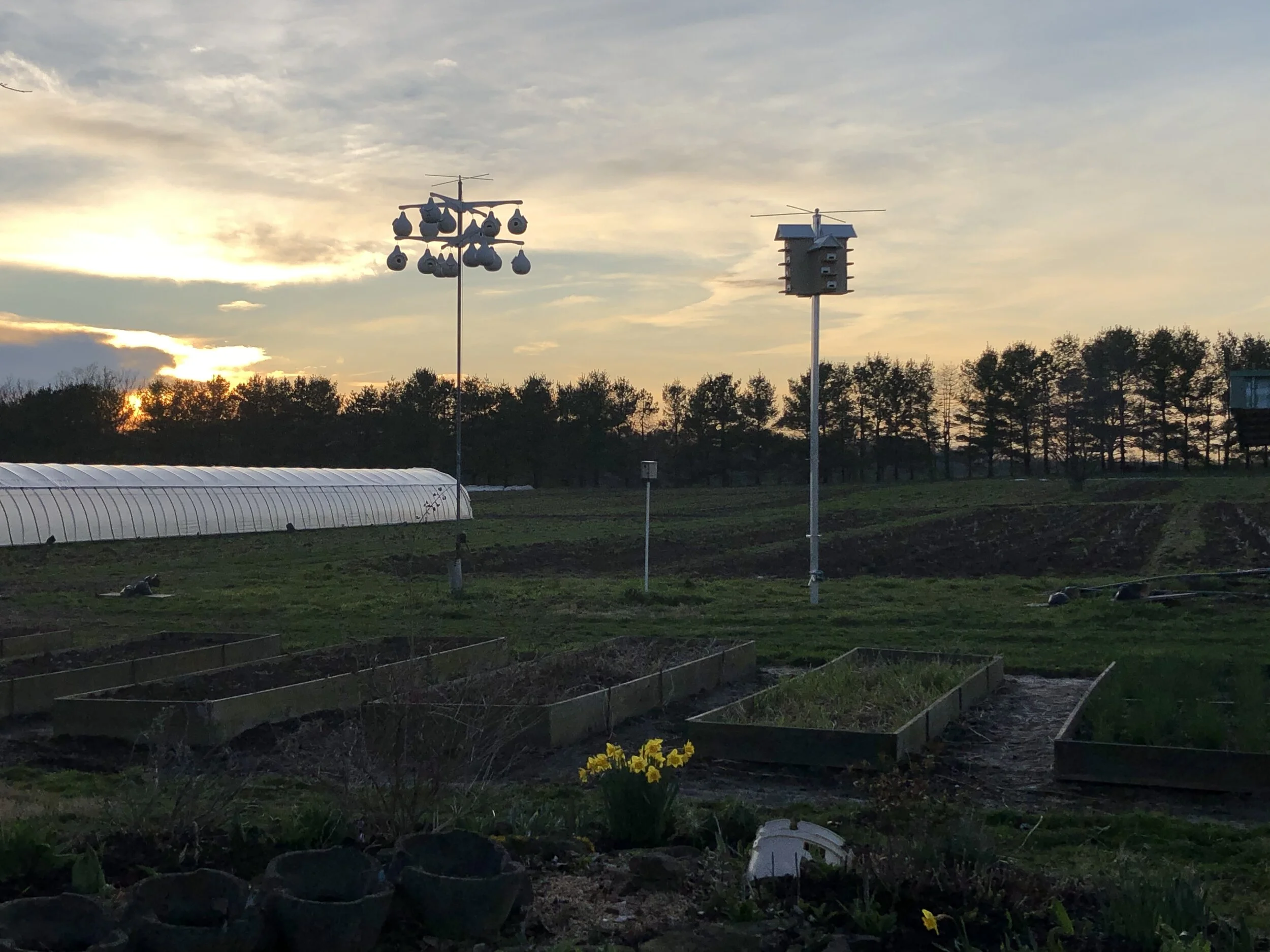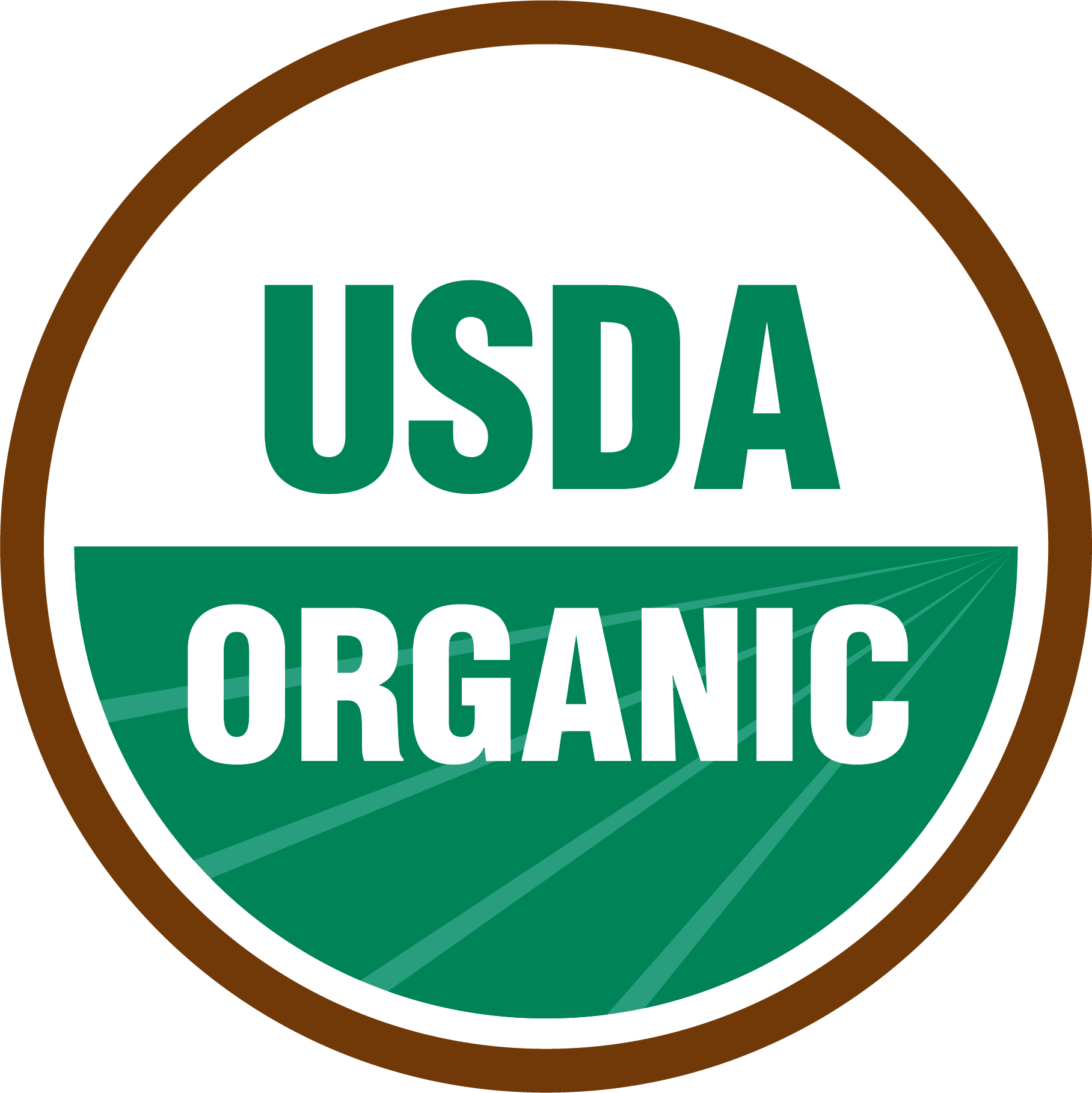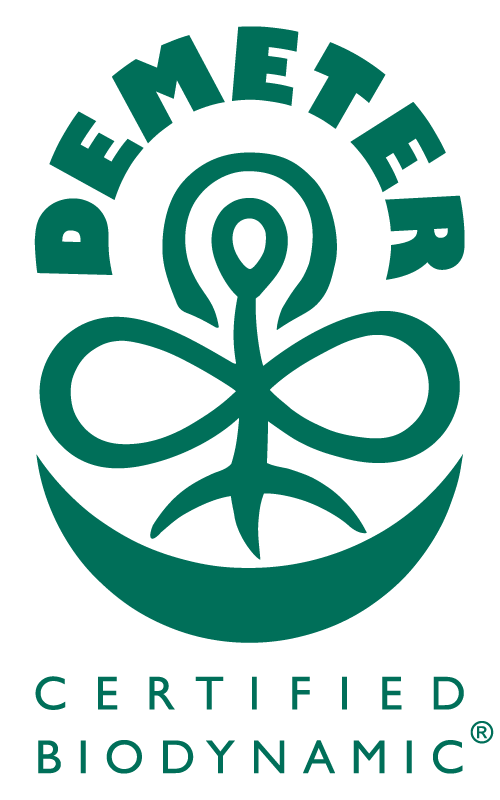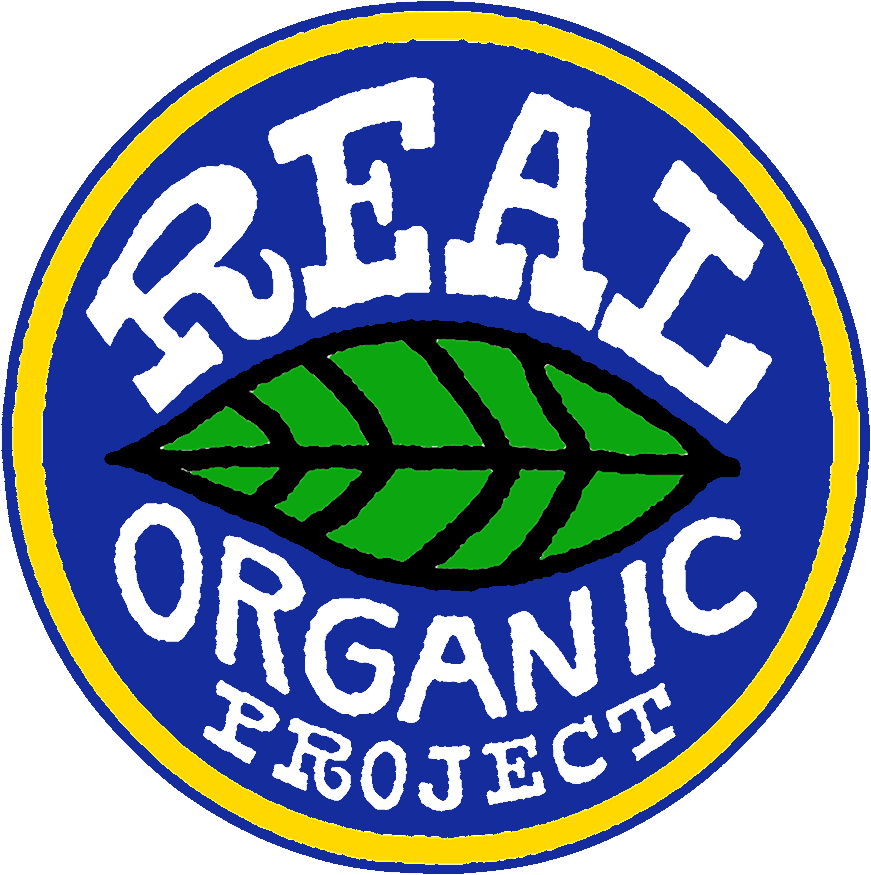Dear Kimberton CSA community,
I hope this finds you well.
In case you missed it, last week’s newsletter had some important information for members about potential farm protocol regarding COVID-19. You can view it here.
We also mentioned that our Purple Martin scouts had arrived! Day by day, the colony is starting to grow. Thanks to Marylin and Gretchen, we also have some resident bluebirds on the farm. In fact, I think there is an overall increase in birds. Unfortunately, this includes the pesky ones, too, i.e., house sparrows de-housing the indigenous bird populations. I feel like I am seeing more wild life everywhere! Less noise, traffic, standing pollution due to COVID-19, perhaps? Maybe I’m imagining it.
It’ll be interesting to see what the insect population is like this season as well. Such a mild winter, coupled with potentially less spraying by local authorities and in-home gardens due to COVID-19(!?), we could see an increase in pollinators. On the other side of the coin, we may also see an increase in pest populations. But don’t worry, we have an Integrated Pest Management (IPM) system at the farm, which, incidentally, the Purple Martins are part of!
Now IPM is a bit of a buzz word, so here is my take on it. It is pretty straight forward—different methods of proactive and reactive pest control are integrated into a management plan. The plan should try to balance minimizing reactive controls and prioritizing proactive ones, whilst favoring the least biologically impactful methods. Proactive controls are usually the least harmful. Examples of proactive controls at KCSA include:
The Purple Martins: We house a colony of Purple Martins (they fly all the way up from the Amazon rain forest to mate in the US over the summer) eat flying insects on the farm. Their diet consists of moths, gnats, flies and mosquitoes, so there is inevitably collateral damage. It is a mutually beneficial relationship: we provide the homes, they provide the pest control. It’s a win-win!
Physical barriers: From netting and bird scare tape to sprinkling diatomaceous earth or clay on our plants to ward away insects, the physical barriers are the most common control on the farm. Soon you will see hundreds of sqft or row cover over our spring plantings to create a barrier between the insects and the plants. Although it is a lot of work to “hoop and cover,” this practice also adds a bit of heat, which, in the spring in particular, helps plant growth. Another win-win!
Good farm management: Finally (but not conclusively) we have the most important of all—good farm management! Yes, a healthy soil means healthy plants, which means less chance of an insect attack or infestation. Crop rotations are essential. Having the same type of plant that is susceptible to the same type of pest in the same place year to year will create problems.
Most reactive pest controls are either liquid or powder sprays. Now, having an IPM system, does not necessarily mean you are organic. There is no certification process for IPM and I don’t think there can be. Technically, every farm has an IPM system—even if your only action is running around the fields with a fly-swatter! Our IPM system is a little more sophisticated than that, but we’re also not at the bells and whistles, scientific end of it, tracking insect populations to optimize the impact of spraying—although we follow the same sentiment. This approach is mainly adopted in production orchards, as it minimizes spraying non-Organic Materials Review Institute (OMRI) certified products.
A farm’s IPM system, therefore, is part of good farm management. It’s our compliance with the USDA (organic) and Demeter USA (biodynamic) certification that regulates which sprays we can use at Kimberton CSA. They need to be OMRI certified. And that’s not to say we use them all! We have a select few that we use if/when we deem a pest population needs to be controlled, but only after all other avenues are exhausted.
Even then, we tend to lean on using the more benign sprays, i.e., Neem Oil instead of Pyganic. It's true that both of these products are derived from plants (the neem tree and chrysanthemum flowers, respectively); however, the former temporarily inhibits some insect’s reproduction cycle and the latter kills indiscriminately. Both are usually administered close to dusk to limit the number of pollinators that are out and about and protect the plant from any exacerbated U.V. damage via the spraying.
As we are certified Biodynamic by Demeter USA, we also use proactive preparation sprays 500 and 501 on the farm, These augment the biological activity on the farm and its overall health. Yes, it's official: using Biodynamic principles is just good farm management and, therefore, a great addition to our IPM system--biologically speaking. Further, experienced biodynamic farmers can also use other tinctures and preparations re-actively, particularly in trying to reduce the impact of fungal diseases on the plants.
Well that's it for this week. We should have another update next week.
In the meantime, stay safe.
Cheers,
Andrew

























